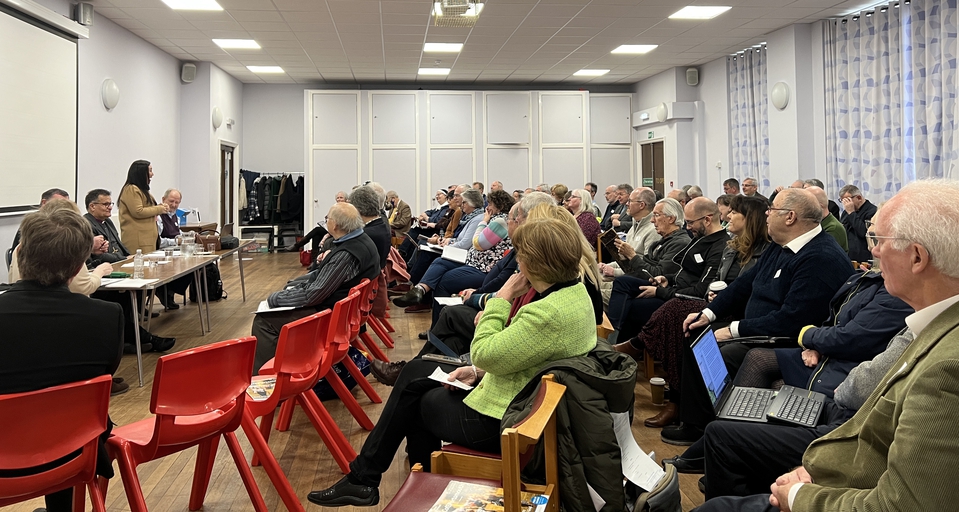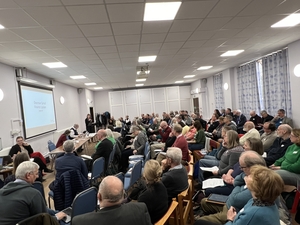Diocesan Synod
A diocese is led by a Bishop, but governed by a democratic body called the ‘diocesan synod’. Synods were introduced by the Church of England in 1970 to increase the participation of lay people (non-clergy) in decision-making. The national body is called the General Synod, and there are also synods at diocesan and deanery level.
Our diocesan synod consists of 60 clergy and 60 lay members who are elected every three years from deaneries, plus those who are ex-officio or bishop’s nominees. Our diocese has seven deaneries – Portsmouth, Havant, Bishop’s Waltham, Fareham, Gosport, Petersfield, and the Isle of Wight - and the number of members elected from each deanery reflects electoral roll numbers.
The diocesan synod includes three parts – the House of Bishops (which only has one member in our diocese), House of Clergy and House of Laity. They normally meet and vote together, but can do so separately. The bishop is president and synod is also chaired by clergy and lay chairs. Its secretary is our diocesan secretary.
Our diocesan synod meets three times a year (normally March, June and November). It hears from national speakers, diocesan officers and deanery representatives, and votes on issues such as diocesan policies and the annual budget. Individual members or deanery synods can also put forward motions to be discussed. Meetings are held in public, so anyone can attend.
Forthcoming dates for 2025
- Saturday 8th November
Click here for reports from the following meetings:
- June 2025
- March 2025
- November 2024
- June 2024
- March 2024
- November 2023
- June 2023
- March 2023
- November 2022
- June 2022
- April 2022
- November 2021
- July 2021
- June 2021
- March 2021
- November 2020
- June 2020
- February 2020
- November 2019
- June 2019
- March 2019
- November 2018
- June 2018
- November 2017
- June 2017
- March 2017
- November 2016
- June 2016
- February 2016
Standing Orders
Download the Standing Orders of the Portsmouth Diocesan Synod, (amended 2023).

